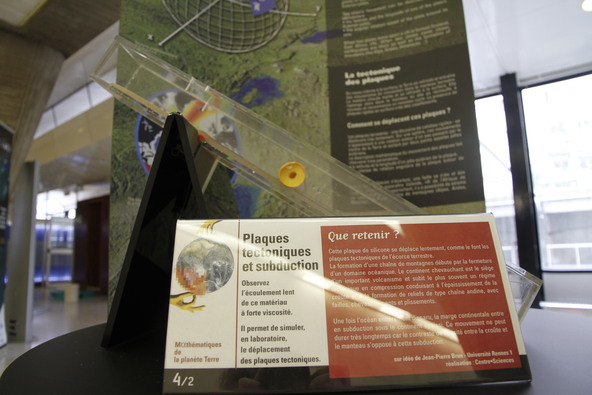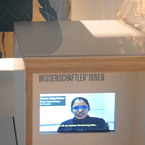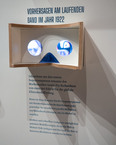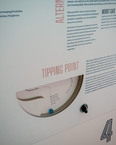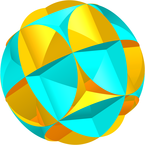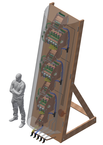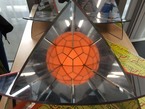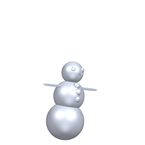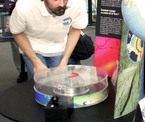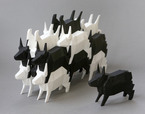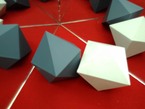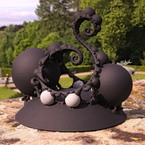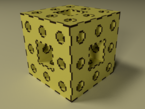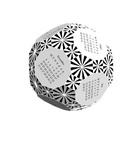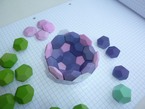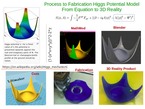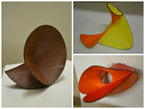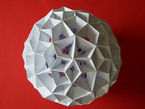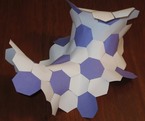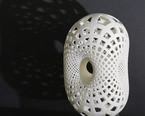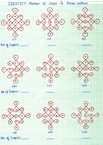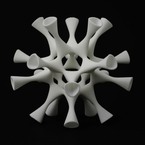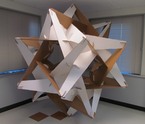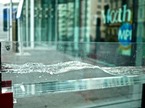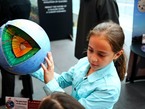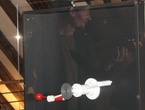The Heidelberg Laureate Forum Foundation invites you to visit the exhibition “Mathematics of Planet Earth” at Karlstorbahnhof in Heidelberg, Germany! It runs from July 5 to Aug 2, 2015, for the first time in Heidelberg. It offers a big variety of exciting adventures for children and adults alike.
Tectonic Plates
hands-on
Licence
Credits
- Design and Implementation
Website
From the inner core to the surface the Earth temperature decreases. This induces convection movements in the Earth’s mantle. The warmer magma moves closer to the surface where it cools down. It then sinks inside the mantle and a new cycle is started. This induces movements of the rigid tectonic plates at the surface, and shears.
How do the tectonic plates move?
There are a dozen of large rigid tectonic plates. They move very slowly. On a sphere, these movements are well approximated by a rotation around an axis through the centre of the Earth. The two intersection points of this axis with the surface if the Earth are called Eulerian poles.
The movement of the plaque is completely described by three numbers:
• the latitude and the longitude of one Eulerian pole of the plate,
• the angular speed of rotation of the plate around its axis.
When two plates move apart a rift is formed (Iceland, East Africa rift). When two plates come closer, earthquakes are likely as well as the growth of mountains (Alps, Andes, Himalaya…).
This module is part of the MPE exhibition. You can rent this module for a lumpsum fee. A detailed manual how to rebuild this module will be shared.


